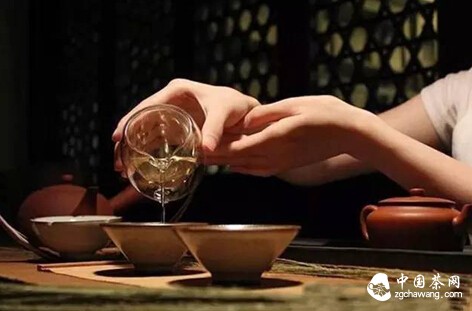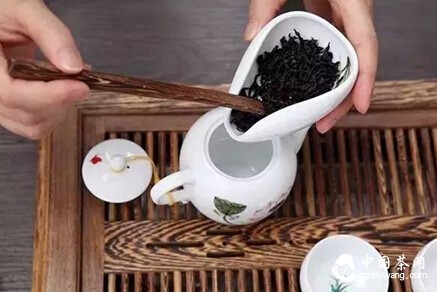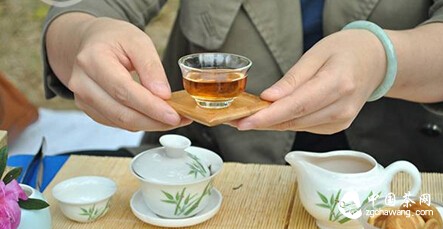
Washing Tea Leaves Hard to Remove Pesticides
Currently, tea production in China is highly mechanized, with minimal human contact except during harvesting. Green and black teas are almost entirely machine-produced, while even complex processes like oolong tea (e.g., Tieguanyin) have seen increased automation. High-temperature brewing (above 80°C) kills most bacteria, reducing hygiene concerns.

Liu Zhonghua from the China Tea Science Society supports rinsing, stating it helps remove pesticides and heavy metals. However, others argue that heavy metals are insoluble in water and unlikely to transfer into the tea. Li Yongquan, former deputy secretary-general of the China Tea Circulation Association, notes that non-water-soluble pesticides won’t be removed by rinsing and may instead affect flavor. A CCTV experiment confirmed that rinsing has little effect on pesticide residues, as most are fat-soluble and barely dissolve in water.
Certain Teas Require Proper Awakening
Mr. Tan, a tea merchant from Guangdong, views rinsing as more of a ritual than a necessity, akin to washing dishes before meals in restaurants. He explains that the first brew is often used to warm cups and enhance aroma, not to clean the tea. Scientifically, this process is called "awakening," particularly crucial for aged teas like dark tea or Pu'er, which may collect dust over time. Proper awakening improves flavor extraction.

Ms. Liu, a tea enthusiast from Fujian, notes that delicate teas like green tea, Tieguanyin, or white tea, which are less tolerant to multiple brews, require a quick awakening (no more than 3 seconds) to preserve their best taste. Over-rinsing can lead to significant nutrient loss.